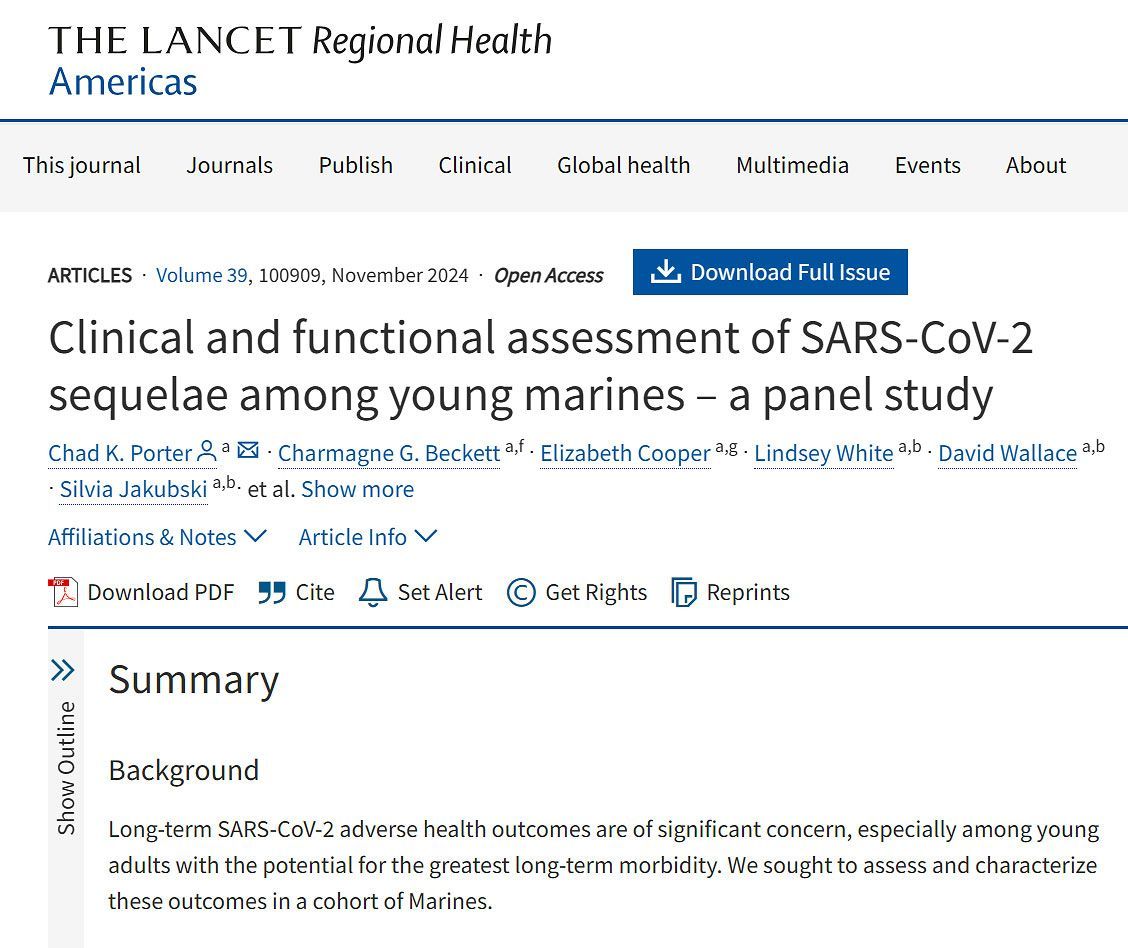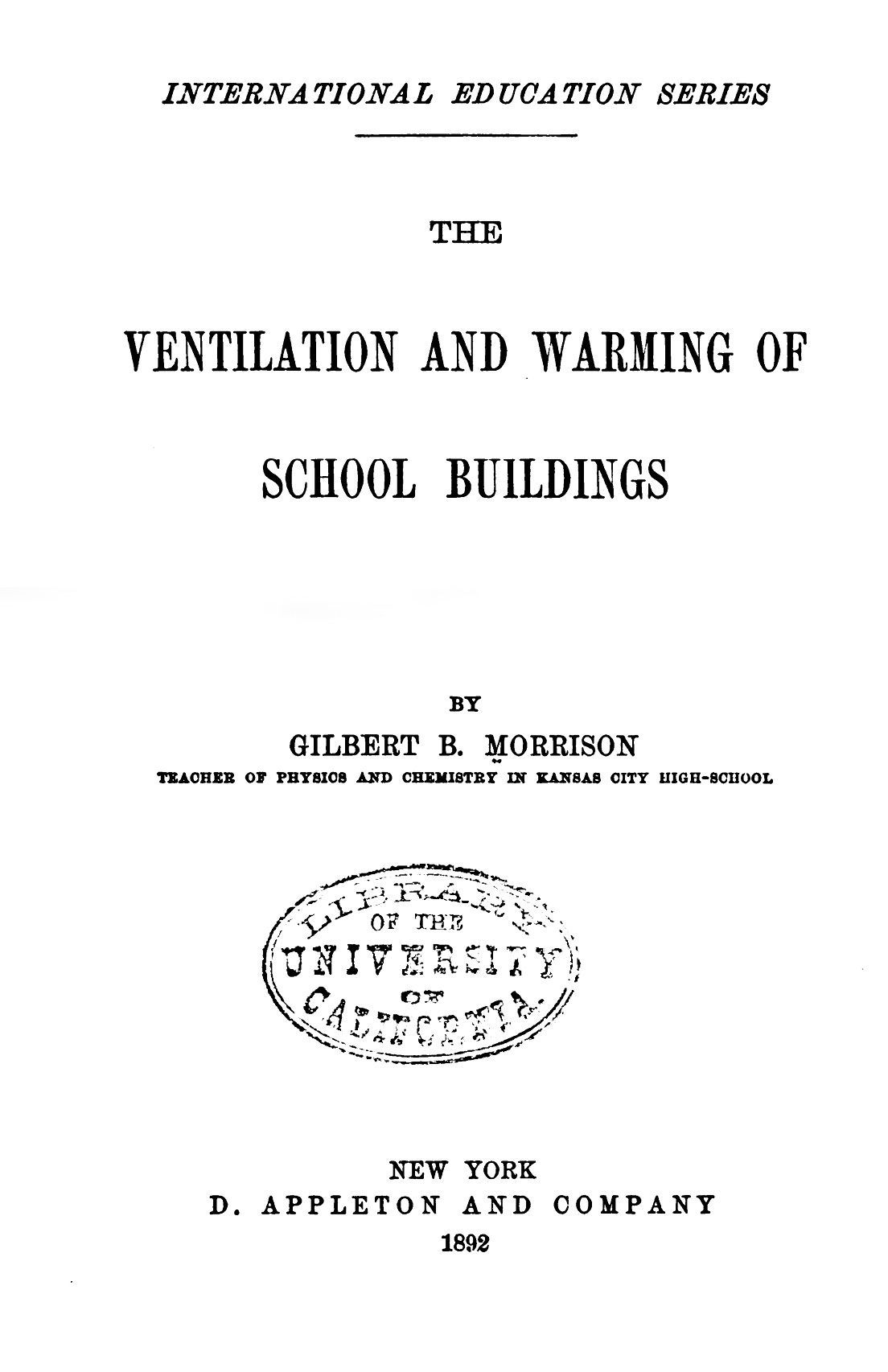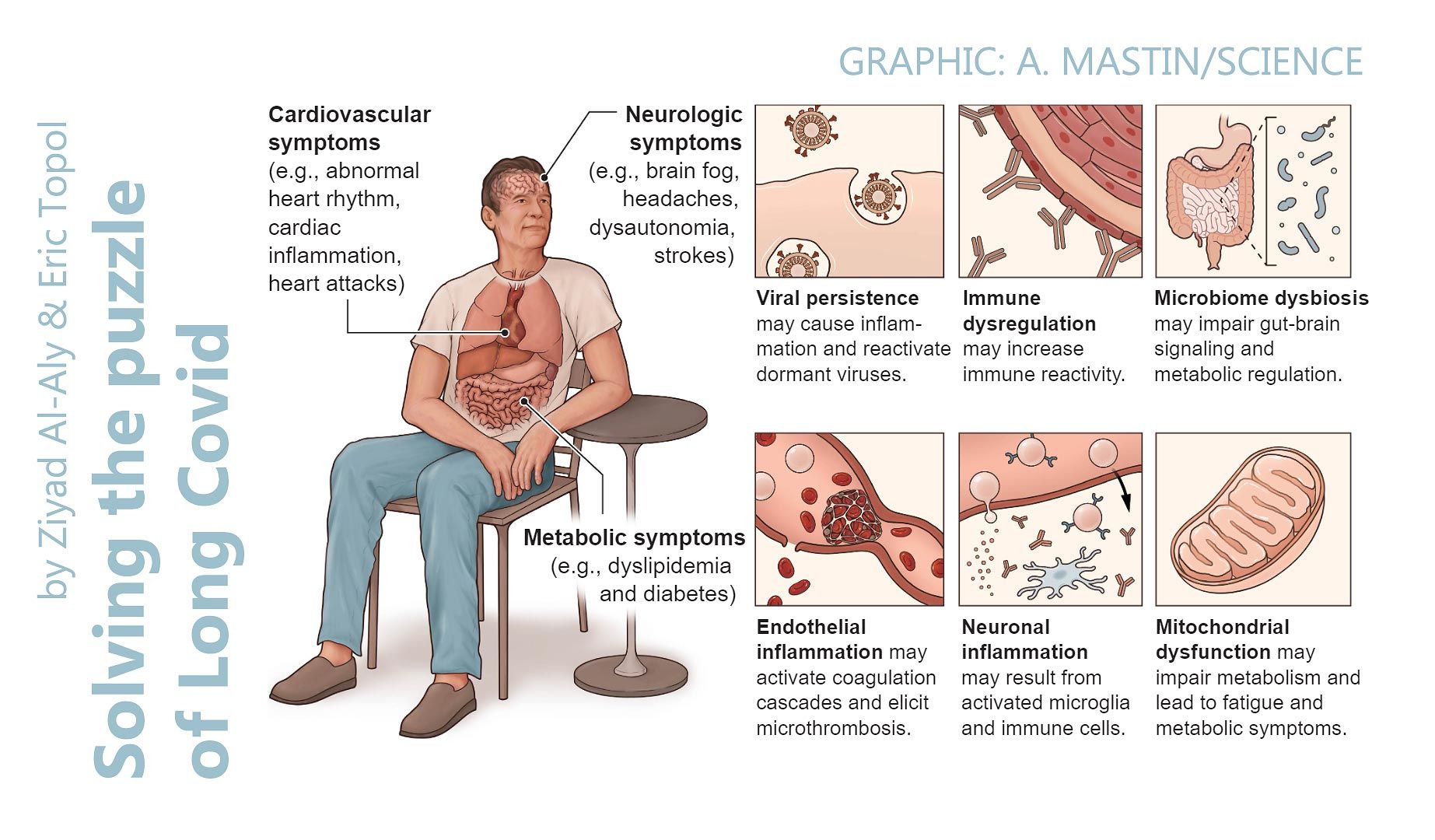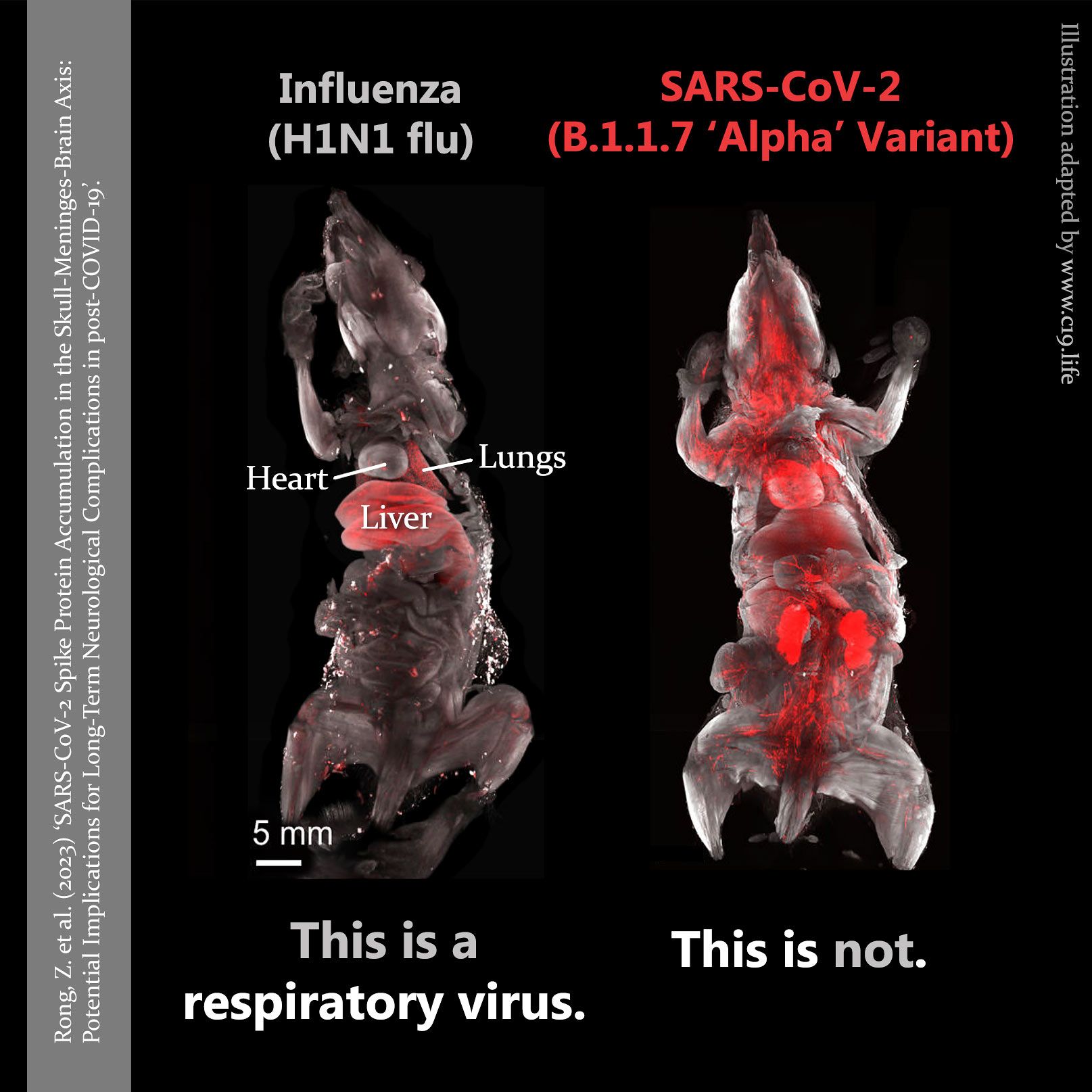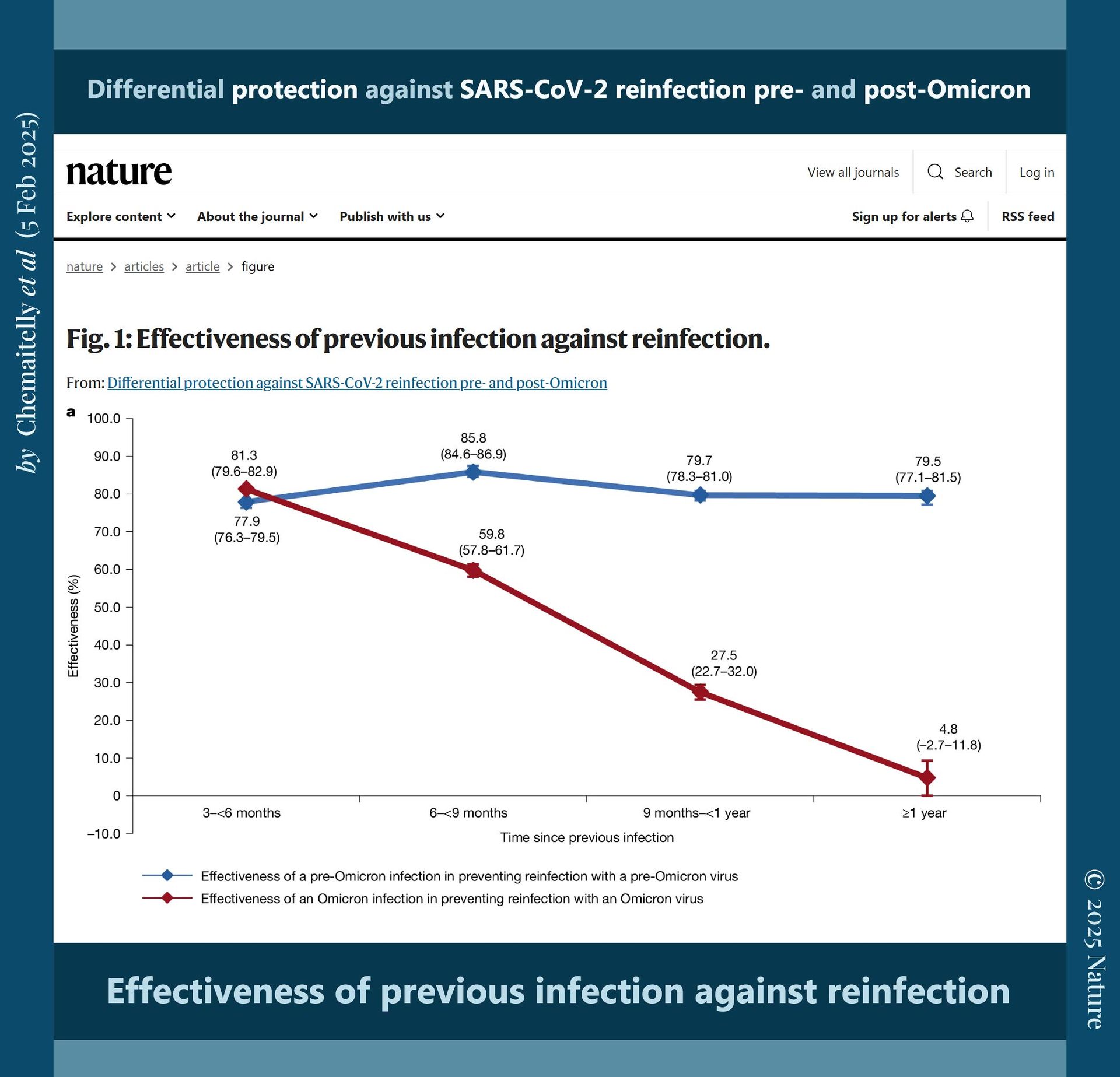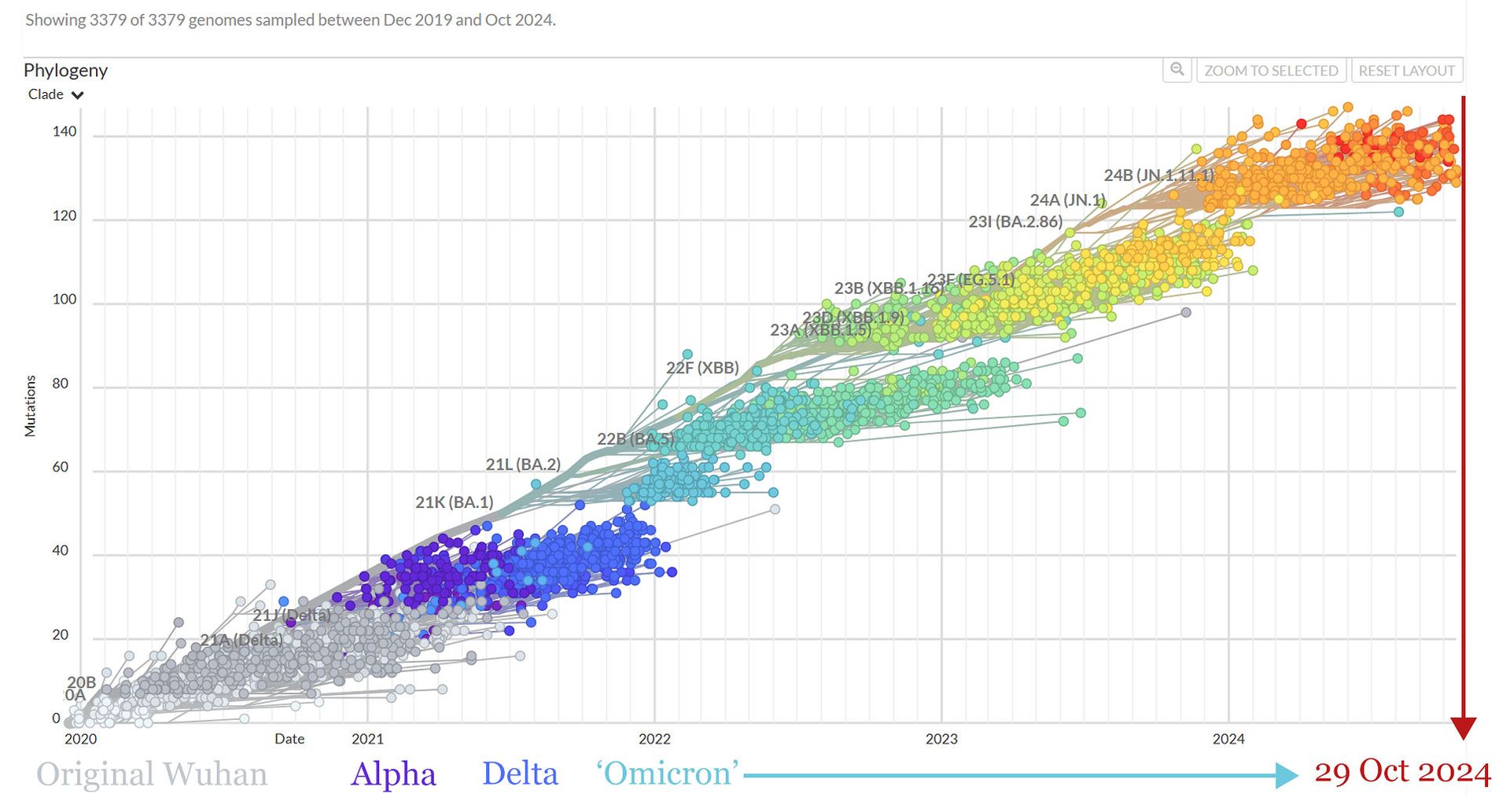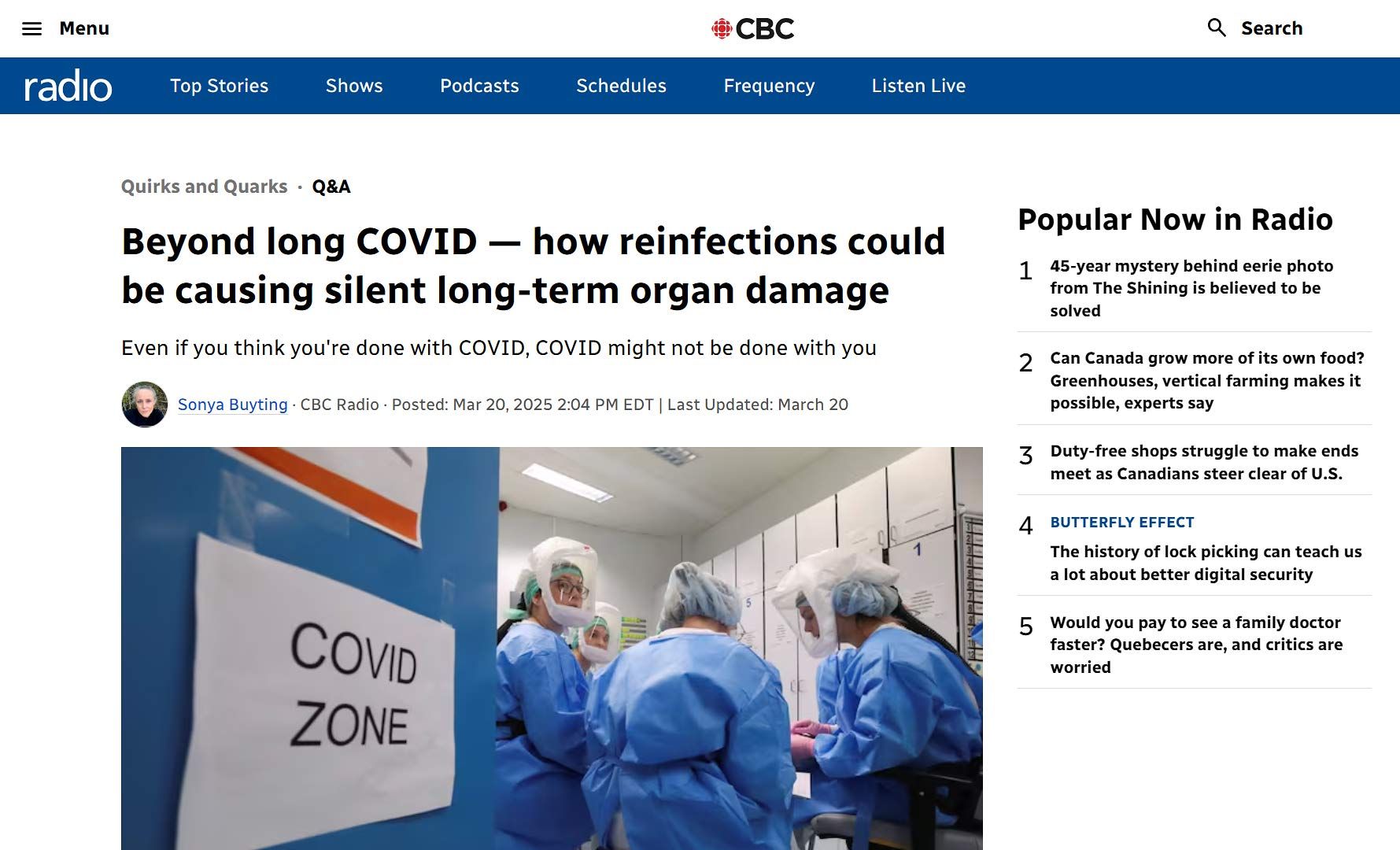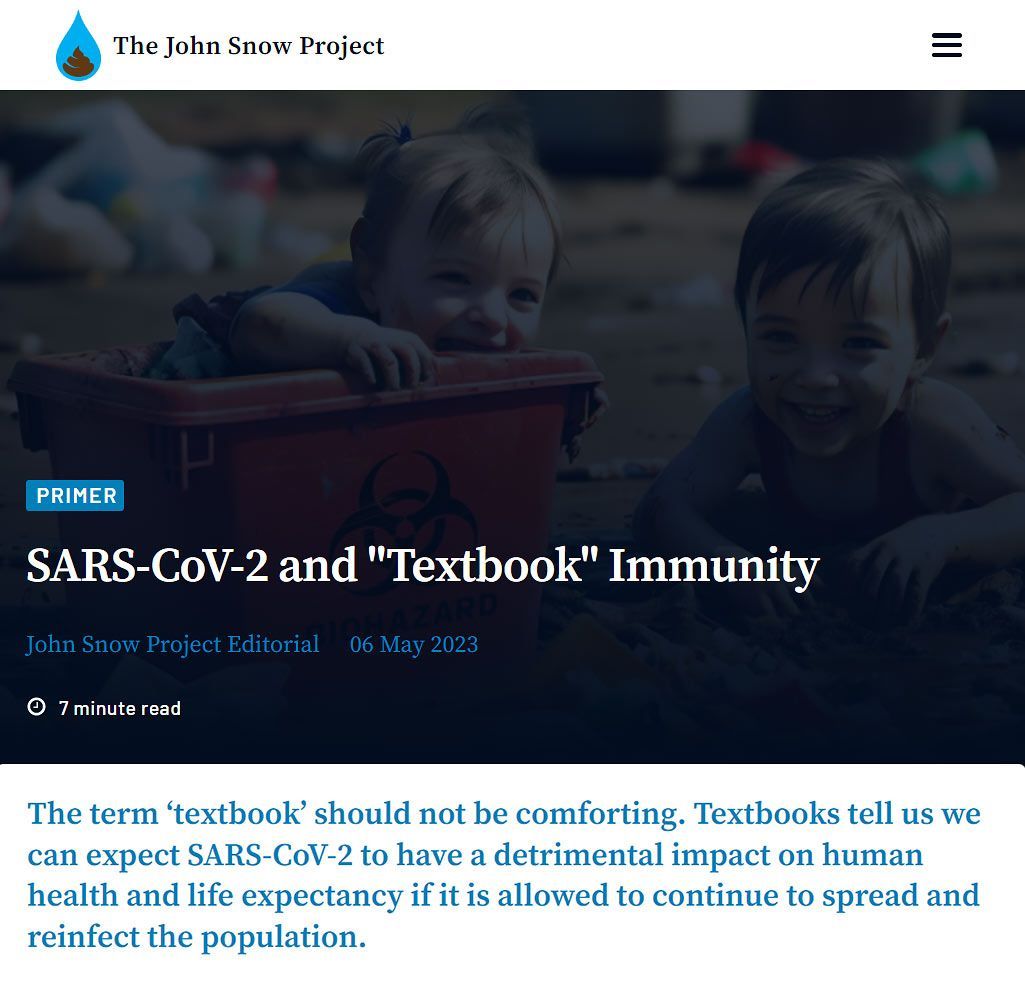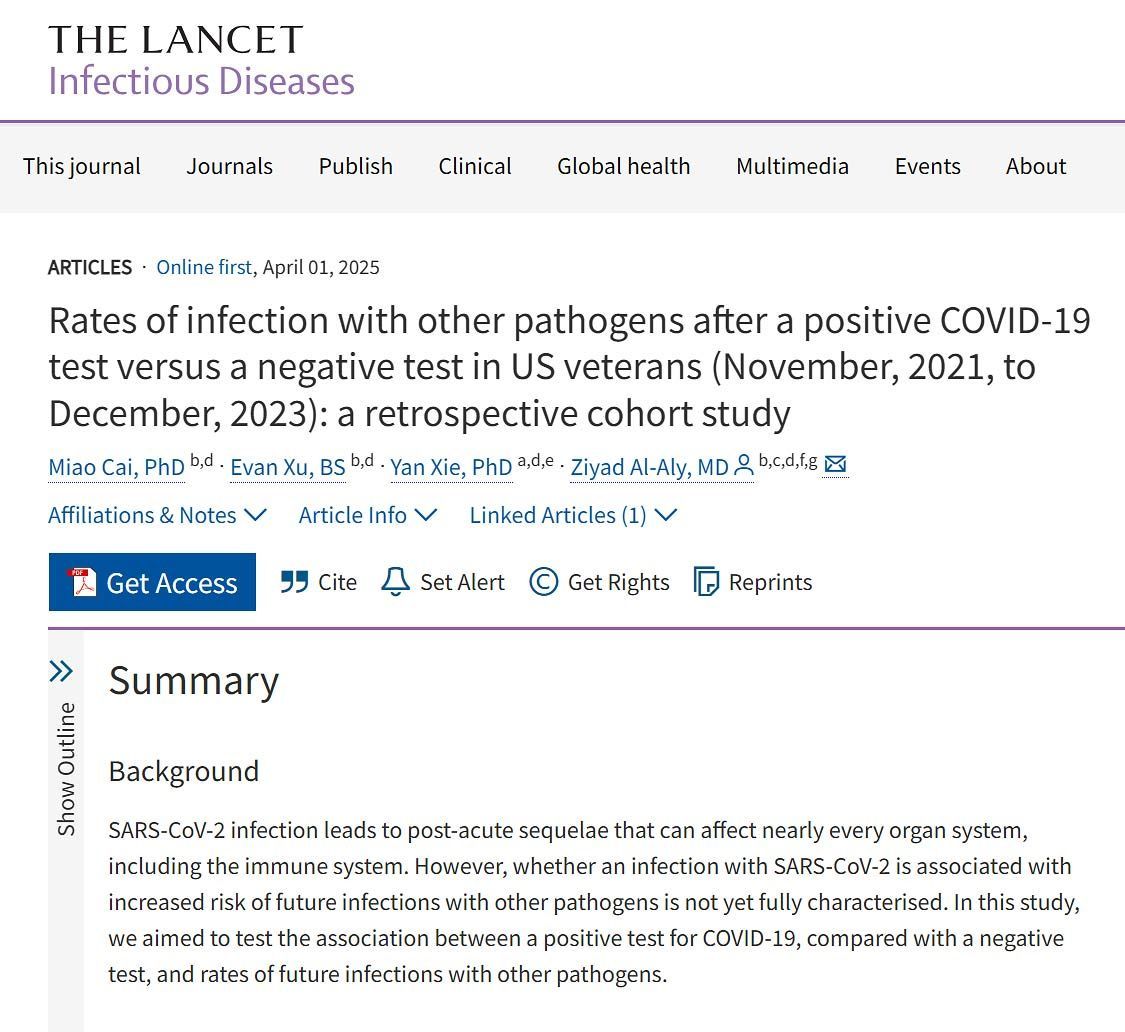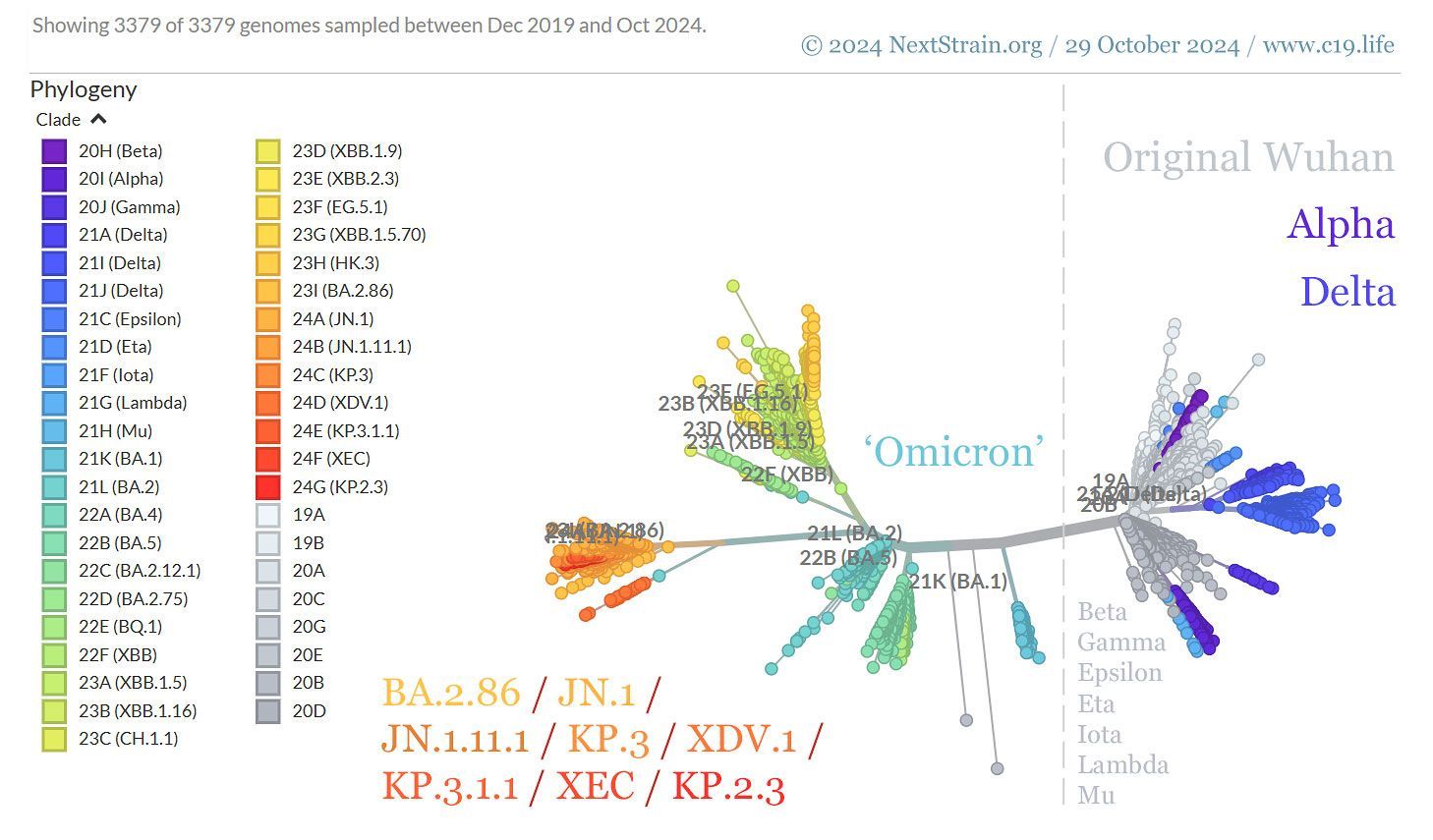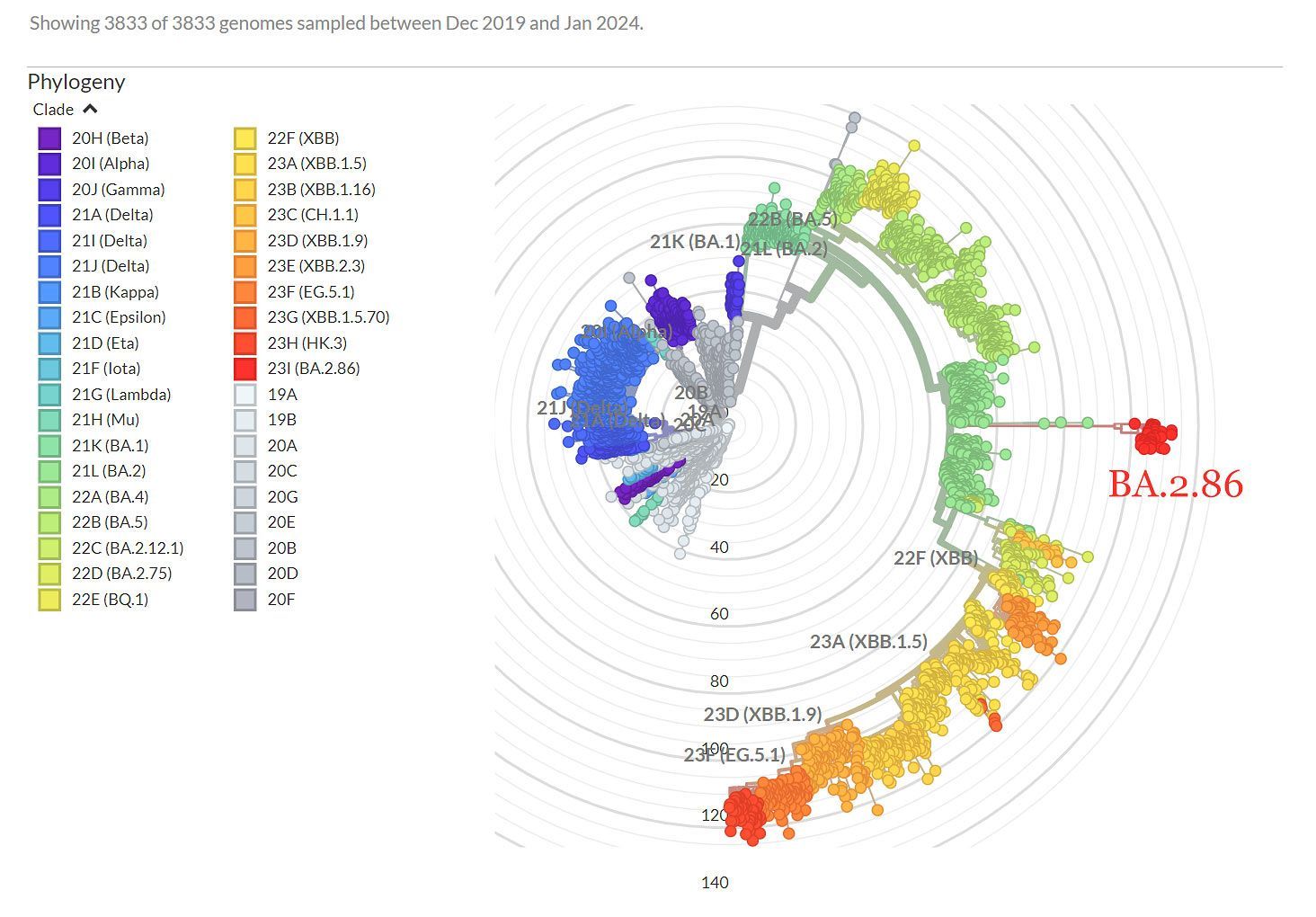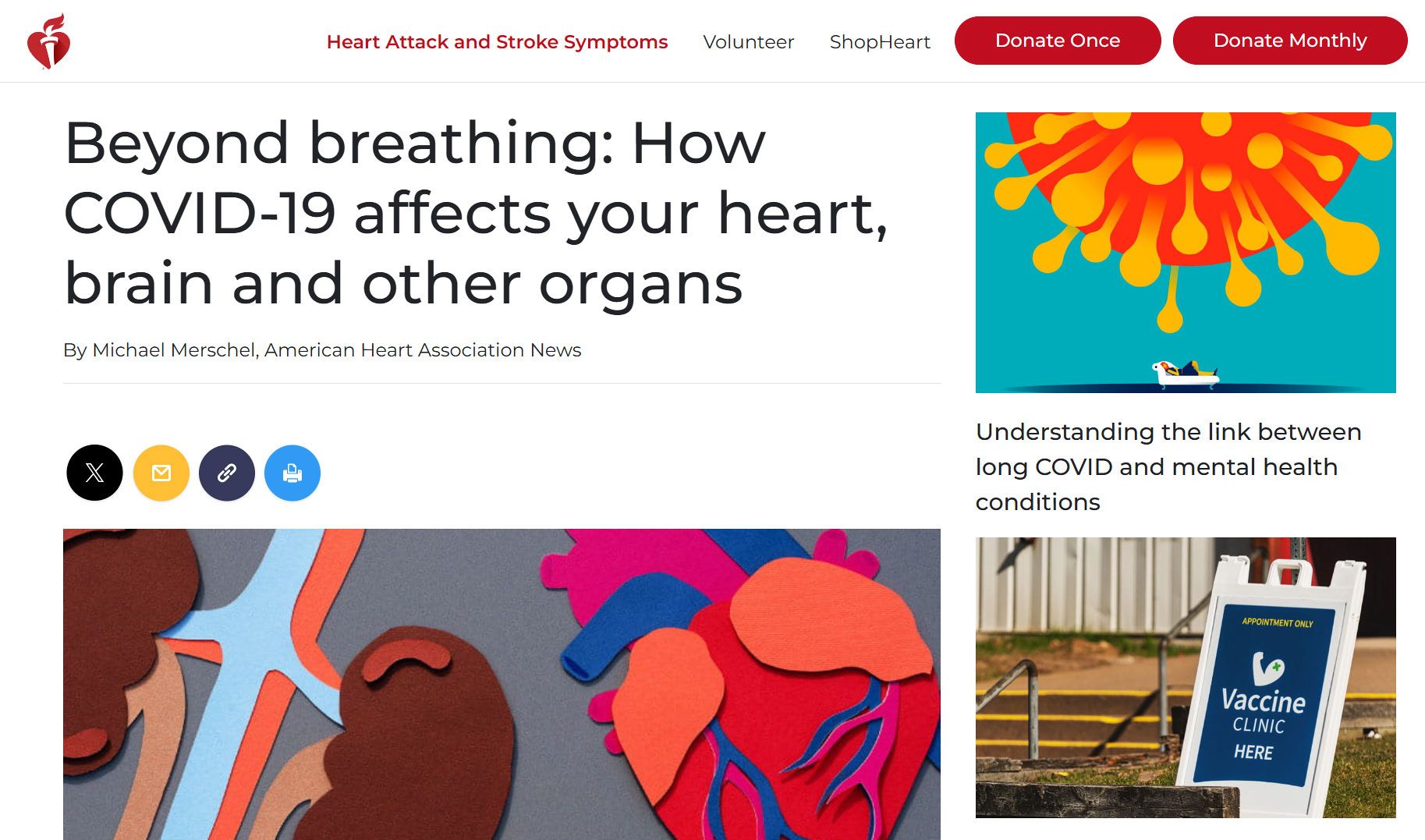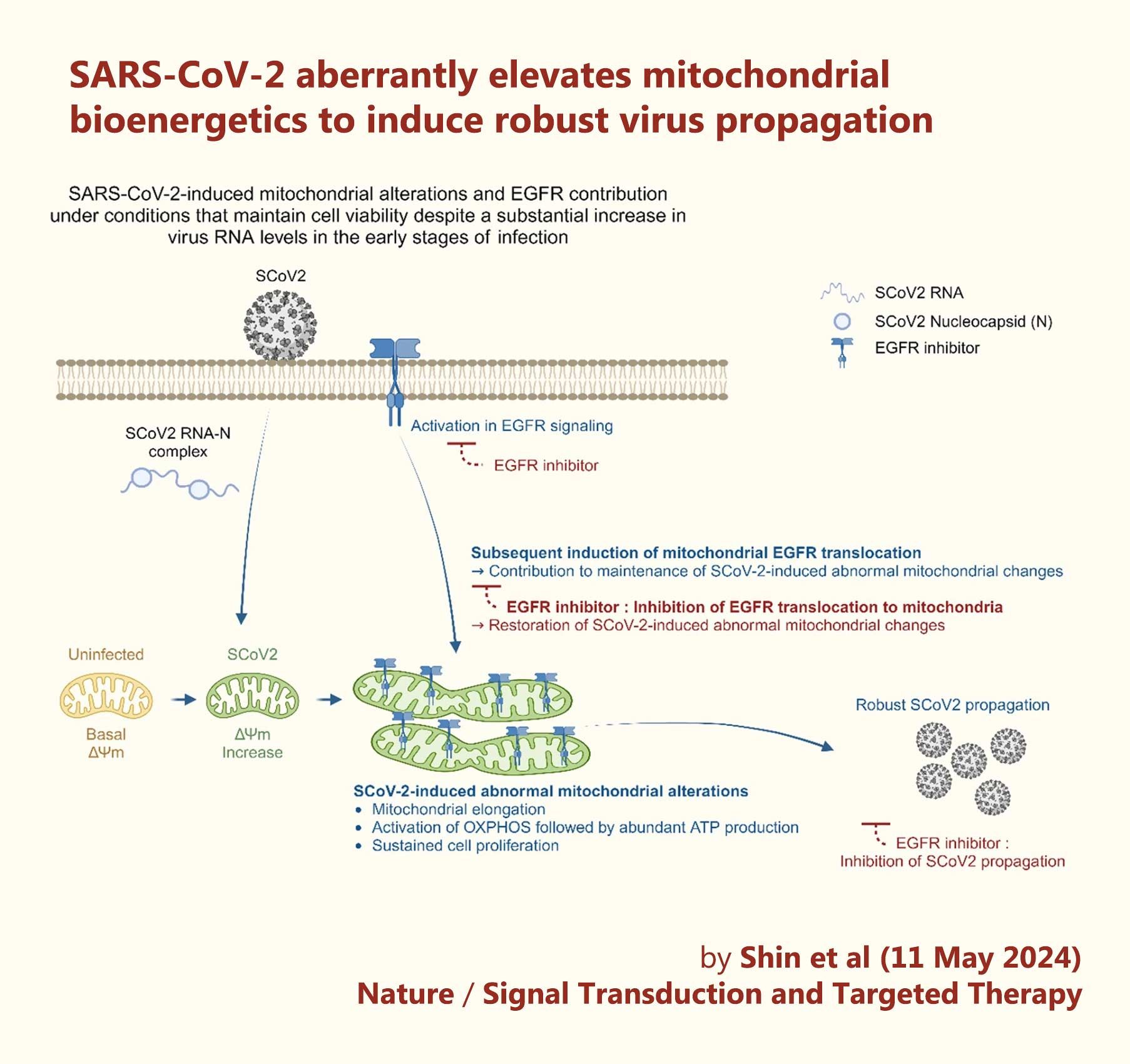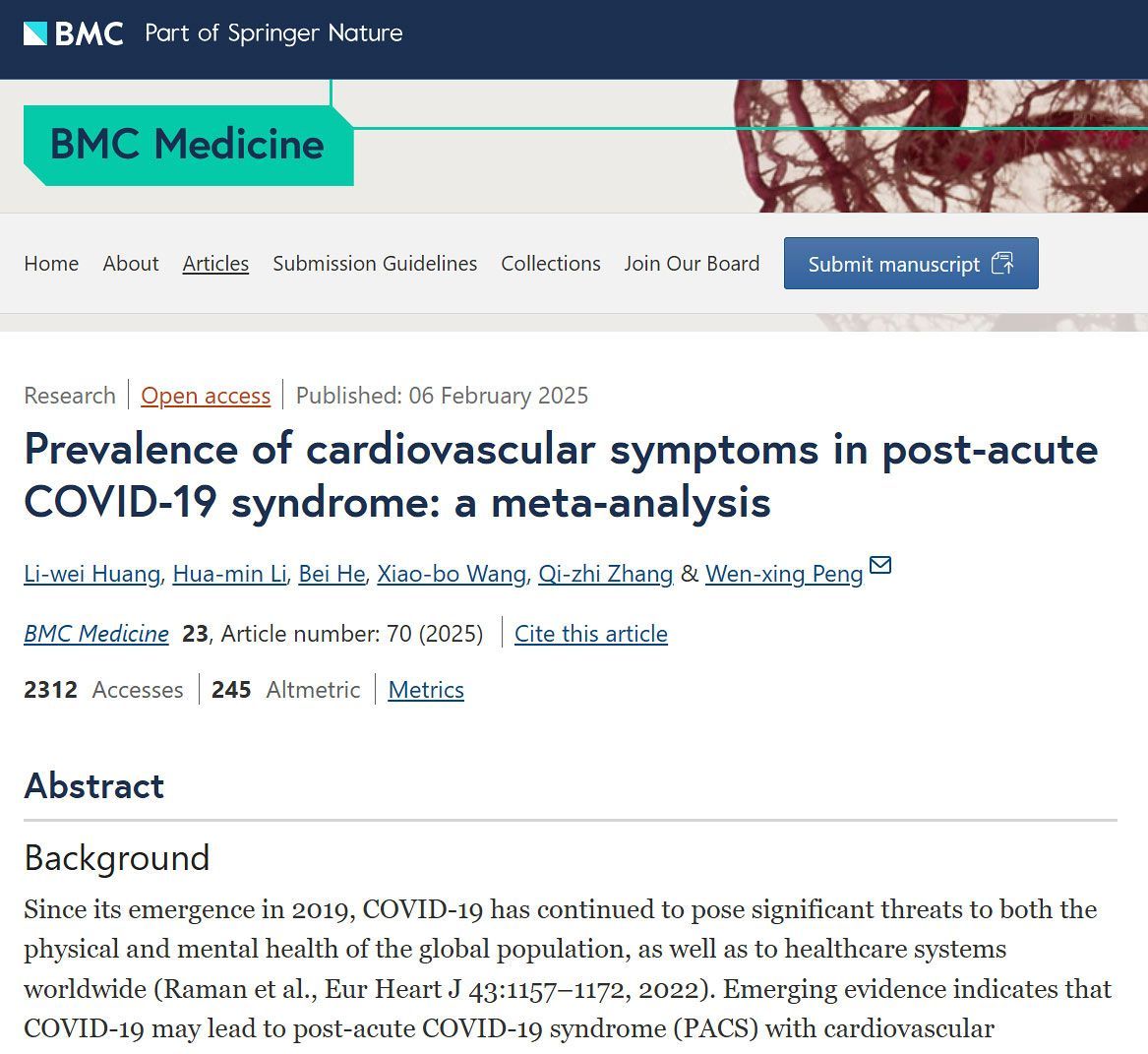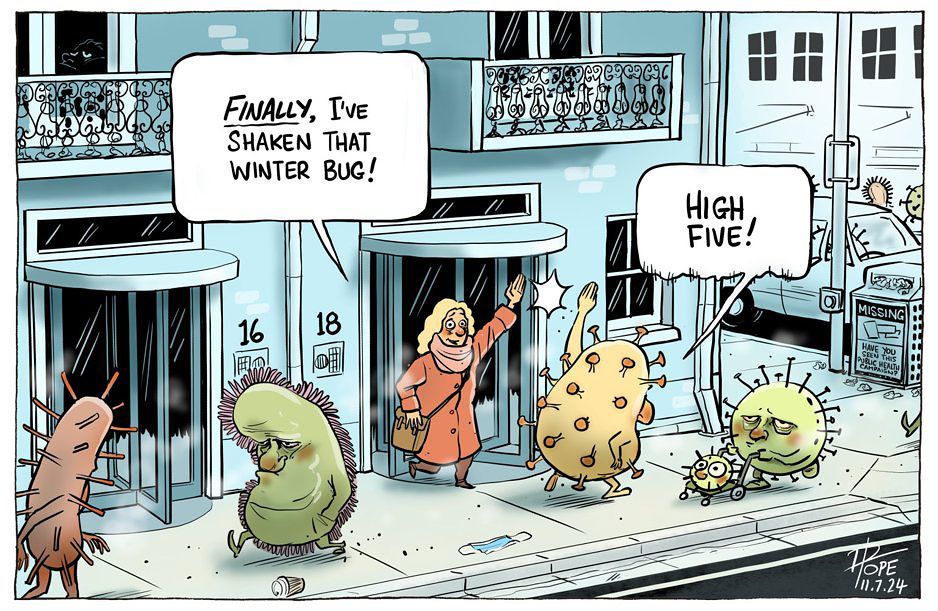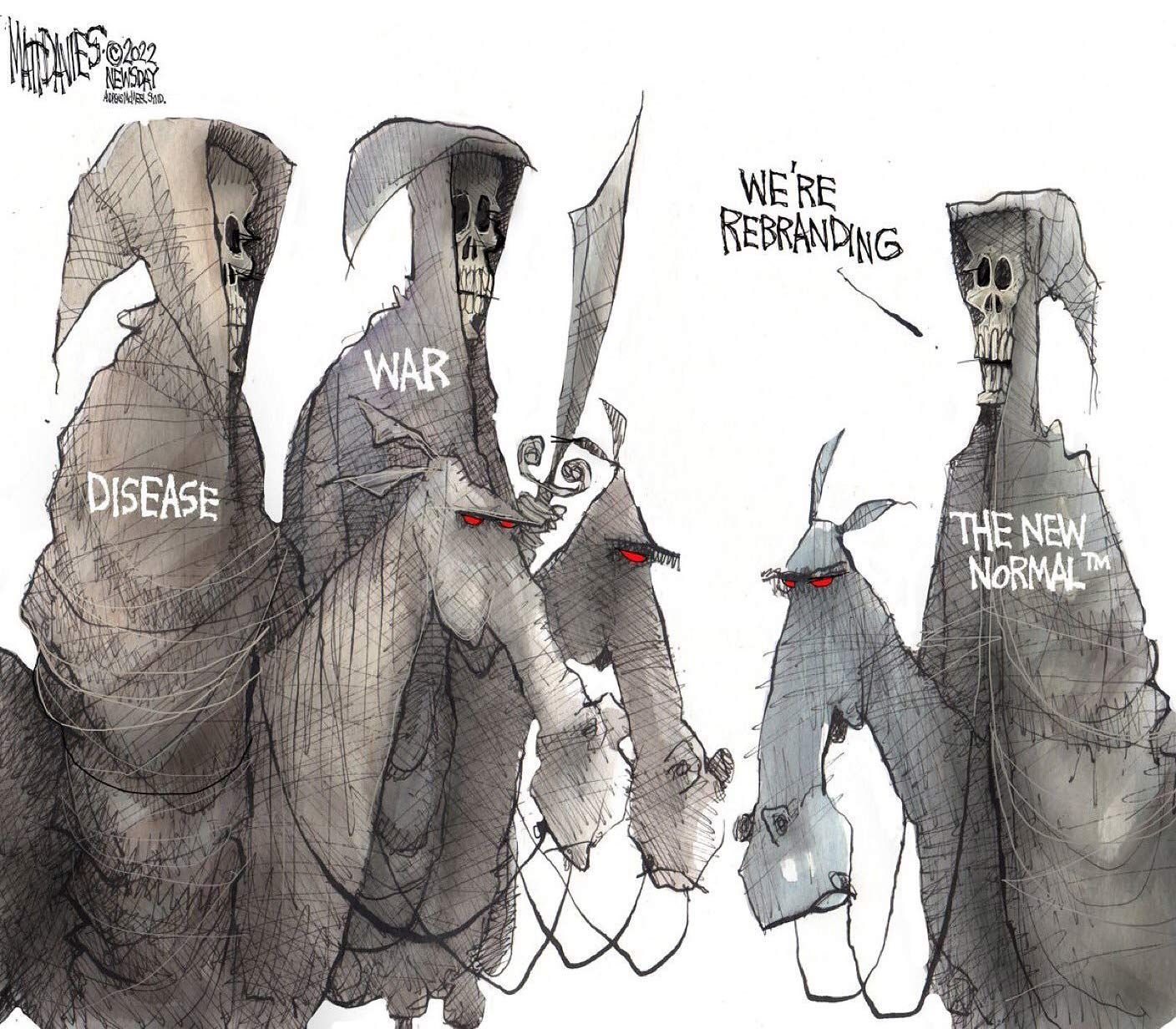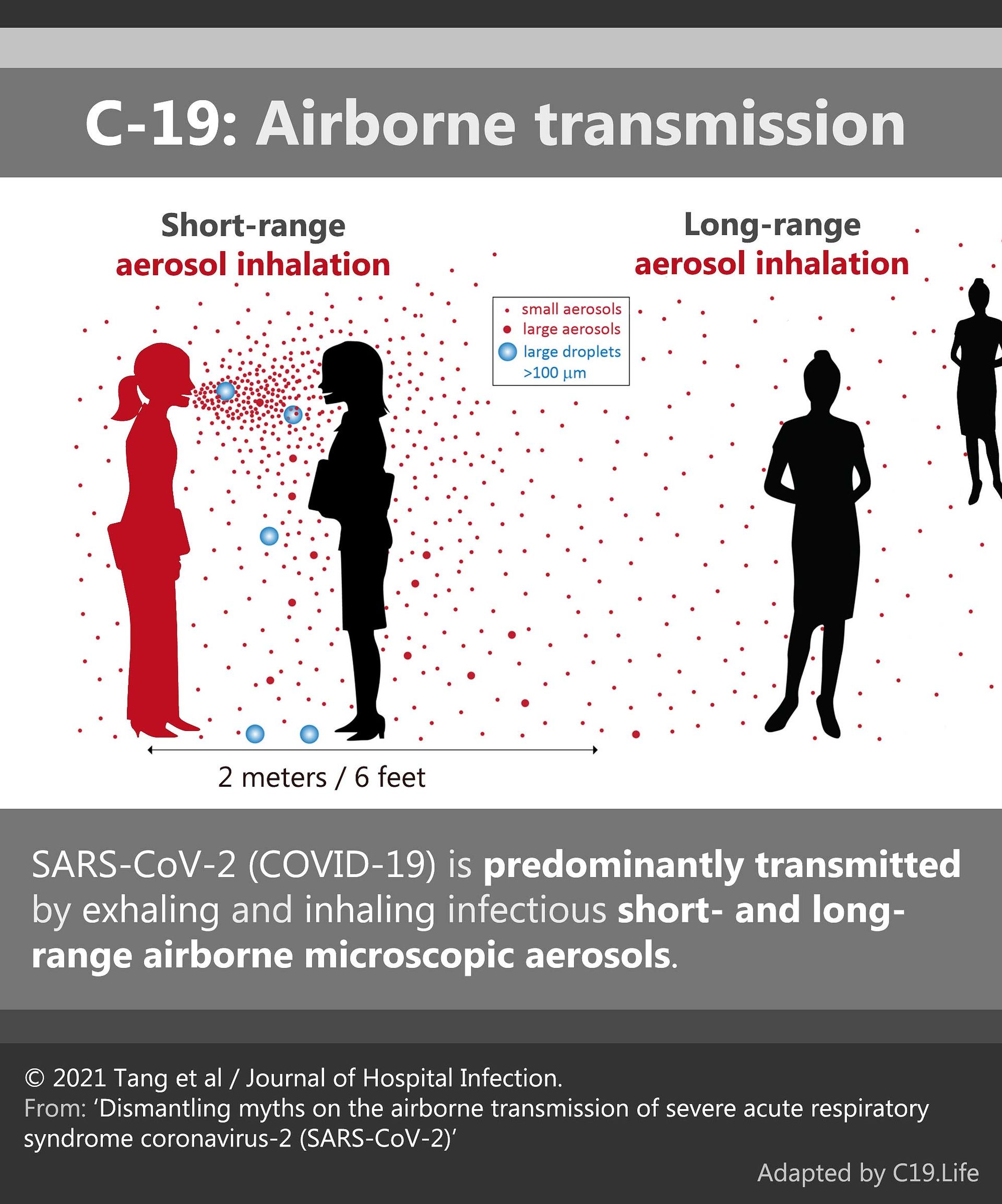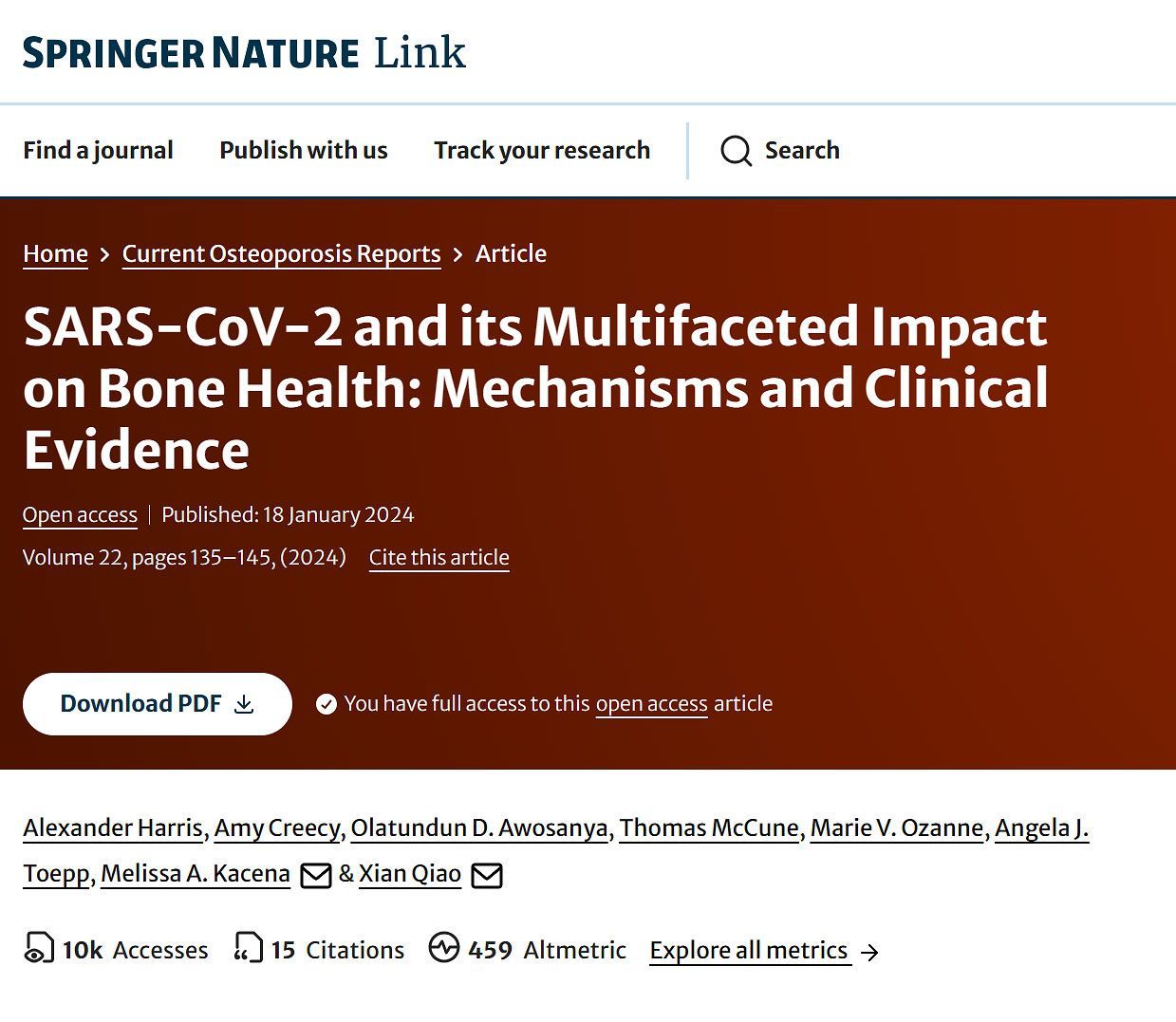➲ Home ➲ C-19 Archives
☰ 13 studies & articles on... SARS-CoV-2 (COVID-19) reinfections, cumulative damage, and increased risk of all-cause mortality
‘While acute [short-term] symptoms of reinfection are generally milder, the severity and incidence rate of long COVID increase significantly with the number of reinfections.’
‘Effectiveness of previous infection against reinfection (Omicron).’ ➤
📖 (5 Feb 2025 ~ Nature) ‘Differential protection against SARS-CoV-2 reinfection pre- and post-Omicron’.
© 2025 Chemaitelly et al / Nature.
❂
❦ On SARS-CoV-2 reinfections, and their cumulative danger
📖 (5 Feb 2025 ~ Nature) Differential protection against SARS-CoV-2 reinfection pre- and post-Omicron ➤
‘The arrival of the Omicron variant marked a major shift, introducing numerous extra mutations in the spike gene compared with earlier variants.
Before Omicron, natural infection provided strong and durable protection against reinfection, with minimal waning over time.
However, during the Omicron era, protection was robust only for those recently infected, declining rapidly over time and diminishing within a year.’
© 2025 Chemaitelly et al / Nature.
📖 (7 Jan 2025 ~ The Lancet: Regional Health ~ Americas) SARS-COV-2 re-infection and incidence of post-acute sequelae of COVID-19 (PASC) among essential workers in New York: a retrospective cohort study ➤
‘After adjusting for relevant demographic, lifestyle, and clinical variables, we found a significant association between the risk of experiencing PASC [Post-Acute Sequelae of COVID-19, or ‘Long Covid’] and multiple SARS-COV-2 infections, severe COVID-19, and being unvaccinated at first infection.’
© 2025 Babalola et al / The Lancet: Regional Health (Americas).
📖 (10 Oct 2024 ~ The Lancet: Regional Health ~ Western Pacific) Long COVID facts and findings: a large-scale online survey in 74,075 Chinese participants ➤
‘Our research found that while
acute symptoms
of
reinfection
are
generally milder, the
severity
and
incidence rate
of
long COVID
increase significantly
with the
number of reinfections.’
© 2024 Qin et al / The Lancet: Regional Health (Western Pacific).
📖 (27 Mar 2024 ~ BMC Infectious Diseases) The symptoms and interval of Omicron SARS-CoV-2 reinfection among healthcare workers in a hospital of Southern China: a cross-sectional study ➤
‘The main symptoms during the first infection in this Omicron wave were fever and sore throat, while sore throat was the main symptom in the reinfection; the average interval for SARS-CoV-2 [COVID-19] reinfection was 149.91 days.
The reasons for COVID-19 reinfection are multifaceted, primarily including low antibody levels, the shortened duration of immune protection provided by antibodies, the mutation of viral strains, non-adherence to epidemic prevention measures by the population, hesitancy towards vaccination, and public fatigue due to the prolonged pandemic.’
© 2024 Ma et al / BMC Infectious Diseases.
📖 (29 Feb 2024 ~ CIDRAP) Even fully recovered survivors of mild COVID can lose IQ points, study suggests ➤
‘COVID-19 vaccination provided a small cognitive benefit, while reinfection was tied to an IQ loss of nearly 2 points, compared with no reinfection.’
© 2024 M. Van Beusekom / CIDRAP.
📖 (22 Feb 2024 ~ Science) Solving the puzzle of Long Covid ➲
‘Reinfection, which is now the dominant type of SARS-CoV-2 infection, is not inconsequential; it can trigger de novo Long Covid or exacerbate its severity.
Each reinfection contributes additional risk of Long Covid: cumulatively, two infections yield a higher risk of Long Covid than one infection, and three infections yield a higher risk than two infections.’
© 2024 Al-Aly & Topol / Science.
📖 (17 Feb 2024 ~ The Lancet: eClinical Medicine) Long-term risks of respiratory diseases in patients infected with SARS-CoV-2: a longitudinal, population-based cohort study ➲
‘Our study showed a significant increase of the long-term risk of developing asthma, COPD [chronic obstructive pulmonary disease], ILD [interstitial lung disease], and lung cancer diseases among individuals who suffered SARS-CoV-2 reinfection.’
© 2024 Meng et al / The Lancet: eClinical Medicine.
📖 (7 Feb 2024 ~ Journal of Microbiology, Immunology and Infection) Risk factors and mortality of SARS-CoV-2 reinfection during the Omicron era in Taiwan: A nationwide population-based cohort study ➤
‘During the SARS-CoV-2 Omicron era, reinfection patients were observed to have an increased risk of all-cause mortality.’
© 2024 Chen et al / Journal of Microbiology, Immunology and Infection.
📖 (2 Feb 2024 ~ Nature: Communications) Risk of SARS-CoV-2 reinfection during multiple Omicron variant waves in the UK general population ➤
‘Estimated protection against Omicron reinfections decreased over time from the most recent infection.
Those 14–180 days after receiving their most recent vaccination had a lower risk of reinfection than those
>180 days
from their most recent vaccination.’
© 2024 Wei et al / Nature: Communications.
📖 (8 Dec 2023 ~ Statistics Canada / Statistique Canada) Experiences of Canadians with long-term symptoms following COVID-19 ➤
‘As of June 2023, about 2 in 3 Canadians reported at least one infection, with 1 in 5 having been infected multiple times.’
© 2023 Kuang et al / Statistics Canada / Statistique Canada.
📖 (14 Apr 2023 ~ Viruses) SARS-CoV-2 Reinfection and Severity of the Disease: A Systematic Review and Meta-Analysis ➤
‘Reinfections were more prevalent during the Omicron variant period. The mean age of reinfected patients was 38 years, and females were predominant among reinfected patients.
Reinfection with SARS-CoV-2 suggests that natural immunity is not long-lasting in COVID-19 patients.’
© 2023 Nguyen et al / Viruses.
📖 (10 Nov 2022 ~ Nature: Medicine) Acute and post-acute sequelae associated with SARS-CoV-2 reinfection ➤
‘Reinfection further increases risks of death, hospitalization and sequelae in multiple organ systems in the acute [short-term] and post-acute phase.’
© 2022 Bowe, Xie & Al-Aly / Nature.
📖 (25 May 2022 ~ Nature: Medicine) Long COVID after breakthrough SARS-CoV-2 infection ➤
‘At 6 months after infection, beyond the first 30 days of illness, compared to contemporary controls, people with breakthrough SARS-CoV-2 infection (‘BTI’, or reinfection) exhibited a higher risk of death and incident post-acute sequelae, including cardiovascular, coagulation and hematologic, gastrointestinal, kidney, mental health, metabolic, musculoskeletal and neurologic disorders.’
© 2022 Al-Aly, Bowe & Xie / Nature.
❂
“If you are letting yourself get infected and taking no precautions against passing it on, you are not a passive bystander for your next infection.
You’ve participated in creating it.”
© 2024 Dr. Noor Bari (Emergency Medicine)
❂
❦ SARS-CoV-2 Variants by Date.
➲ Data accessed: 29 October 2024.
➲ Genomic epidemiology of SARS-CoV-2 since pandemic start. ➤
© 2024 NextStrain.org
More... On reinfections
More... On variants, immunity, and vaccines
More... by Dr. Noor Bari
❂
C-19: Archives
Useful search tags:
air filtration / babies & children / body / brain / C19.Life / cancer / comment / dementia / economy / elders / excess deaths / exercise / flu / heart / history / hospitals / immunity / influenza / law / Lisa Iannattone / long covid / lungs / mitochondria / muscles / musculoskeletal / NHS / Noor Bari / nosocomial / PEM / parkinson’s / propaganda / reinfections / reproduction and pregnancy / resources / respirators / respiratory / risk / SARS(-CoV-1) / schools / solutions / transmission / universities / UVC / vaccines / variants / WHO / young adults / zoonosis





